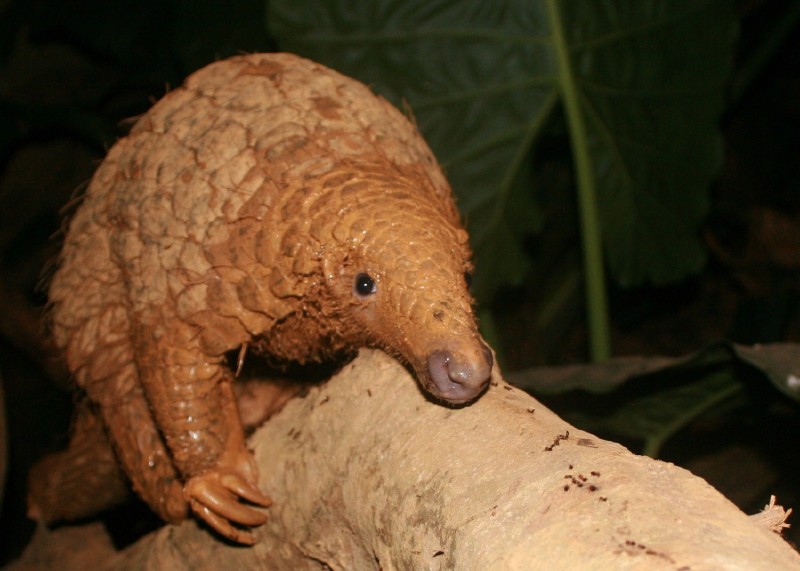The patterns of biological diversity in the Indo-Burma Biodiversity Hotspot have resulted from the interaction of topography, previous changes in climate, soil characteristics and patterns of seasonal rainfall.
Mammals
At least a quarter of Indo-Burma's mammal species are considered globally threatened.
The hotspot is noteworthy for its concentration of globally threatened primates, of which 20 are endemic to the hotspot—pygmy loris (Nycticebus pygmaeus) and the Critically Endangered Delacour’s leaf monkey (Trachypithecus delacouri) among them.
Other globally threatened mammals unique to the region include the enigmatic, and Critically Endangered, saola (Pseudoryx nghetinhensis), which is considered the flagship land animal of the hotspot.
The Critically Endangered lesser one-horned rhinoceros (Rhinoceros sondaicus) recently disappeared from the hotspot, and now only survives in one location in Java. The Critically Endangered hairy rhinoceros (Dicerorhinus sumatrensis) may also have recently been poached to extirpation in the region.
Birds
Each major ecosystem in Indo-Burma supports a suite of globally threatened bird species. The hotspot’s most enigmatic bird, and probably its rarest, is white-eyed river-martin (Eurychelidon sirintarae), known from wetlands in central Thailand. There are no confirmed records since 1978; the species is categorized as Critically Endangered but may well already be extinct.
Many floodplain species in the hotspot are severely threatened, including endemics like the Critically Endangered giant ibis (Thaumatibis gigantea).
Reptiles
Many reptile species are still being discovered in the hotspot, making meaningful statistics elusive. For example, until 1997, only three species of Cyrtodactylus gecko had been recorded for Vietnam, whereas currently two dozen species are known from the country.
There are also a suite of large-bodied, mostly slowly reproducing species, including the Critically Endangered Siamese crocodile (Crocodylus siamensis) and the richest non-marine turtle fauna in the world.
Amphibians
Many of the hotspot’s amphibian species have been described in the last 20 years, indicating that many more remain to be described. While the need for conservation action for Southeast Asian amphibians is becoming increasingly apparent, information is often insufficient to allow specific action to be taken.
Freshwater fishes
The Critically Endangered Mekong giant catfish (Pangasianodon gigas) is perhaps the best-known globally threatened fish in Indo-Burma, but the species is just one of the giant freshwater fish in the hotspot. Other globally threatened species include the Endangered Mekong freshwater stingray (Dasyatis laosensis), Critically Endangered giant carp (Catlocarpio siamensis) and Endangered Jullien’s golden carp (Probarbus jullieni).
Invertebrates
There is an absence of comprehensive global threat assessments of invertebrates occurring in Indo-Burma, but considerable progress is being made with some groups, notably dragonflies and various aquatic mollusks. However, other groups likely to contain species under rapid decline have not been assessed, including large specimen beetles, which attract high prices in the pet and specimen trades.
Plants
There are nearly 600 globally threatened plant species in Indo-Burma, out of a total of almost 1,300 globally threatened species in the hotspot. However, this figure probably represents only a fraction of the plant species of global conservation concern in the hotspot.
Many species of orchids are globally restricted to the hotspot, of which a significant proportion is narrowly endemic to small areas within it. Of the plant species already assessed as globally threatened, many are high-value timber species in danger of overexploitation.
Read more about the hotspot's species in chapter four of our ecosystem profile (PDF - 34 MB).





